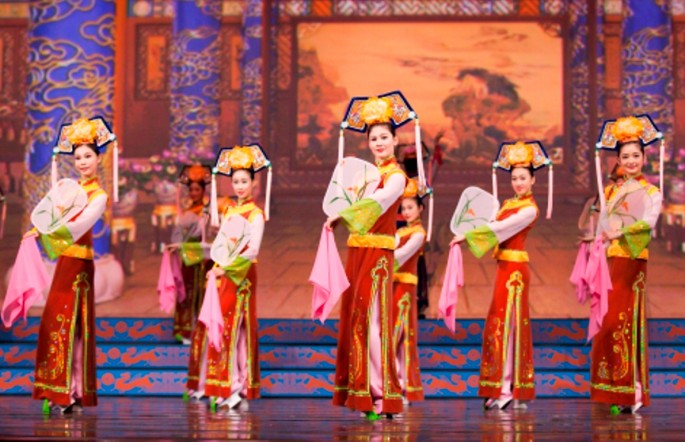A famous touring group around the world for the past decade, Shen Yun maintains its tradition of entertaining audiences with Chinese dance and music.
Shen Yun performer and singer Rachael (Yu Ming) Bastick said via phone from New York: "Basically, a group of top Chinese artists living in the West felt sad because they no longer saw traditional Chinese culture in the world, or even in China. So they came together, because in the United States there's no censorship."
Bastick added that the group gives them freedom to express their ideas, a reason for them to come together and form a dance troupe to revive the traditional Chinese culture.
Communist China banned Shen Yun, but it found a new life in New York. Now there are four troupes touring the world, one of which includes about 100 members ranging from dancers and musicians to a production crew, and comes back to Northeast Ohio for performances on Jan. 30 and 31 at Playhouse Square's State Theatre.
According to The News Herald, these great performances pull literary classics that have survived for more than 5,000 years from China. While the storyline may appear fictional, the folklore offers the Shen Yun performers a springboard for its performance.
Essentially, there is a daughter disguised as a son. She takes her father's role at war, a magical monkey, an ogre, and a humanoid pig that protects a Buddhist monk as he travels to the Western heavens in search of true teachings. Furthermore, a folk hero gets drunk and saves a village from a vicious tiger.
An Australian native, Bastick said: "There are some dances with 18 to 20 performers on stage at one time. It's very eye-catching. Also, we're accompanied by an orchestra, which is one of the highlights of the performance."
Although many people see things that seem like acrobatics, all Shen Yun dancers are classically trained in not only dance but also difficult jumping and tumbling techniques passed down through Chinese history.
The group translates into the duty of divine beings dancing. In addition, its implication is the essence of culture, believed to be divinely inspired. According to Bastick, stateside Chinese culture may be perceived as chopsticks and paper lanterns, but there is more involved that would appeal to the larger audience.



























